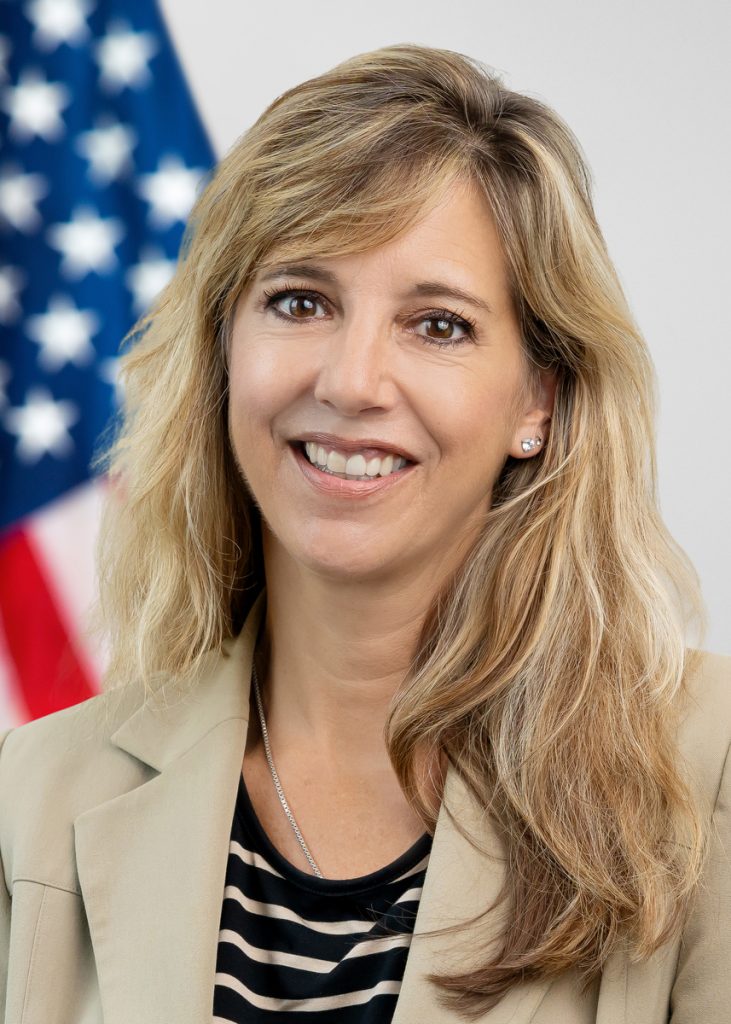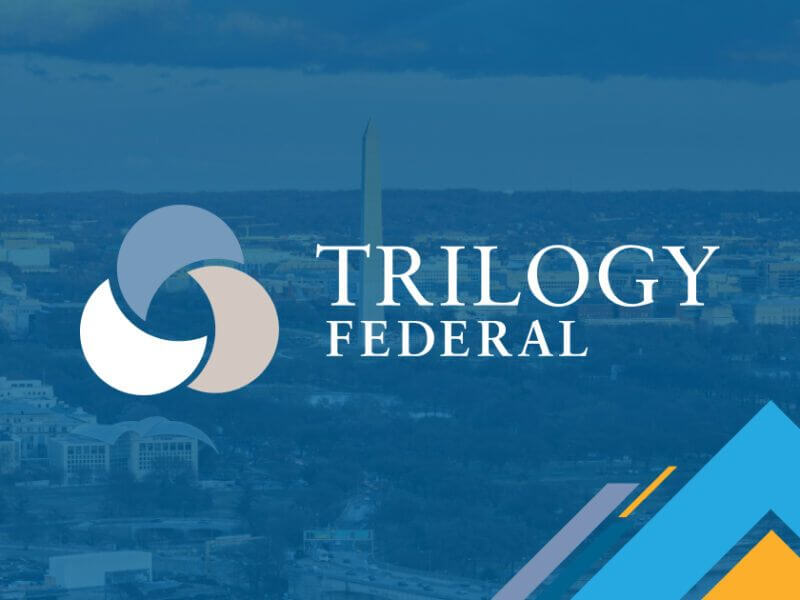
Trilogy’s Dr. Kim Nazi was recently published in a Journal of General Internal Medicine Supplement, which contains several articles resulting from the Veterans Health Administration (VHA)’s State of the Art Conference on Virtual Care that was held in May 2022. The article, Unleashing the Potential for Patient-Generated Health Data (PGHD), proposes a PGHD-related VHA research agenda to better understand effective clinical use of PGHD.
We recently sat down with Dr. Nazi to ask her a few questions about the article, how it came about, and the future of PGHD at VA.
What was the impetus for writing this article?
This was a great opportunity, as it was an invited perspective piece in which industry experts were asked to share their unique perspective on a particular topic. I invited Dr. Terry Newton and Dr. Christina Armstrong from VHA’s Office of Connected Care (OCC) to co-author this article with me as they have both been instrumental in leading PGHD efforts at VA. Office of Connected Care’s Dr. Nil Shah also reviewed our submission and provided some additional insights. Previously, much of the available PGHD literature focused on patient engagement, whereas we chose to focus on the inherent clinical value of patient-generated data.
Can you tell us a bit about your background in this field?
Prior to coming to Trilogy, I worked at VA for 35 years. Before retiring from federal service in 2018, I was working in the Veterans/Consumer Health Informatics Office of the Veterans Health Administration and had previously served as the Director of eHealth for the VA Healthcare Network, Upstate New York, focusing on the use of technology to improve and expand the delivery of health care services.
I’ve been working on Patient Generated Health Data for the VA Office of Connected Care for the last several years as a consultant. In 2020, I developed an initial white paper that described the current (at that time) state of PGHD, industry best practices, lessons learned, and policy implications to inform VA’s approach to PGHD. Overall, I have published over 65 articles on patient portals, personal health records, and other virtual care- and health technology-related subjects.
What was the evolution of your PGHD work that led to this article?
The white paper was very well received by VA. It led to my work on a series of subsequent PGHD products, including a PGHD Best Practices Decision-Making Framework, a VHA PGHD Operations Manual, and a revision of VHA Directive 6506, which established policies and responsibilities for VA staff who have access to review and use PGHD submitted by Veterans through OCC mobile health applications. Over the past few years, I’ve also facilitated VA’s PGHD Cross-Functional Workgroup. All of this work has been done under Trilogy’s My HealtheVet Program Management and Training Support contract. It has been an amazing opportunity to work with the Office of Connected Care.
How will this article enhance VA’s existing PGHD work?
As I mentioned earlier, much of the available PGHD literature has focused on patient engagement. Our goal in this article was to foreground clinical value as a key to “unleashing the power” of PGHD. By focusing on the data that has significant clinical value, we believe that clinicians will better engage with patients and use this patient generated health data to improve Veteran health and outcomes. To get there, we propose a research agenda that will help us to understand how PGHD can best support clinical decision-making, which will, in turn, foster both clinical adoption and patient engagement.
A huge Trilogy thank you to Dr. Nazi for taking the time to talk to us, and an even bigger congratulations for her excellent work!
